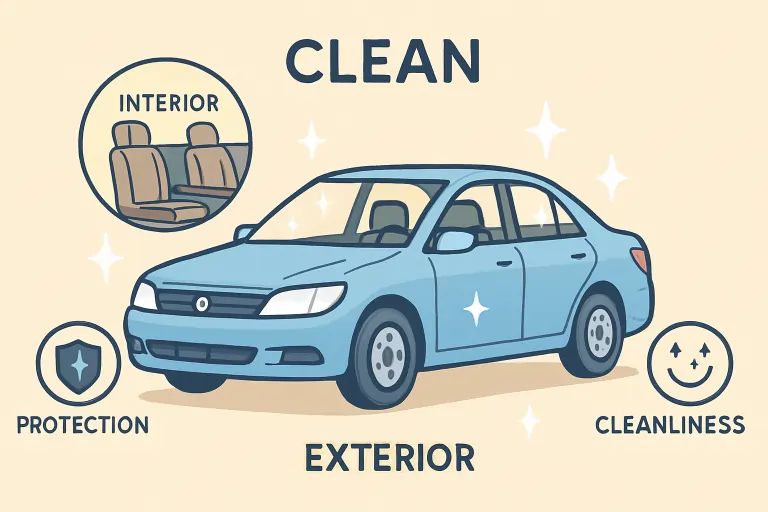Choosing the Right Casters for Safe and Efficient Workspaces
Key Takeaways
- Casters play a critical role in workplace mobility and safety by reducing manual handling risks and improving movement efficiency.
- Different materials and designs should match the specific industry and floor types for optimal performance and durability.
- Regular maintenance, including inspections and lubrication, extends caster life and helps prevent workplace accidents or breakdowns.
- Careful selection of casters can reduce worker fatigue, lower injury rates, and improve productivity and workflow efficiency.
- Staying up to date with material handling best practices ensures ongoing workplace safety.
- Innovations in caster technology such as ergonomic designs and innovative features are transforming logistics and ergonomics, as highlighted in current material handling industry reports.
The Role of Casters in Modern Work Environments
In almost every workspace, from sprawling distribution centers to compact hospital corridors, casters are invaluable for ensuring that equipment, carts, and tools are mobile and accessible. What often starts as a simple requirement to move something from point A to point B quickly becomes a matter of safety, efficiency, and employee well-being. Choosing the right style and specifications, such as sturdy and versatile plate casters, is crucial for supporting daily operations. When the fit is right, these casters ease movement and actively prevent accidents caused by strain or instability.
Research in logistics and manufacturing shows that equipment designed for mobility reduces workplace injuries and lost work hours. Regularly updating caster solutions leads to less equipment repair, lower worker compensation claims, and more reliable material flow. This also benefits office environments, as more effortless movement of supplies and furniture reduces disruptions and increases adaptability to change. Well-chosen casters support innovation and long-term business success.
Types of Casters and Their Uses
The choice of caster depends on the workspace’s requirements and the design’s capabilities. Rigid casters are ideal for large spaces or production lines, providing unwavering movement. Swivel casters are crucial for maneuverability, allowing staff to guide carts around tight corners or shared spaces. A mix of rigid and swivel casters can provide stability and flexibility. Locking casters are essential for stationary workstations, such as medical and laboratory environments or retail spaces. Quiet-rolling casters in healthcare maintain a peaceful environment, while robust locking wheels in heavy manufacturing allow safe access to machinery. The use of each caster type depends on the workspace’s needs and creative application.
Materials Matter: Matching Casters to Floor Surfaces
The choice of caster material and flooring is crucial for comfort, noise levels, equipment longevity, and maintenance expenses. Soft rubber casters with tile or hardwood floors are ideal for offices, hospitals, or retail stores, as they minimize floor scuffs and create a quieter atmosphere. Polyurethane wheels are suitable for industrial workplaces with concrete, uneven ground, or chemical exposure, while steel or phenolic casters offer durability for heavy equipment or environments with abrasive surfaces. It is essential to weigh floor surfaces, traffic intensity, and environmental hazards before purchasing casters to ensure long-lasting, smooth operation and minimize costly floor repairs and downtime.
Safety First: Preventing Accidents and Strain
Manual handling in the workplace can lead to numerous injuries, so investing in the correct caster is crucial. The right caster reduces the force needed to start, stop, or steer a loaded cart, lowering the risk of muscle sprains, back injuries, and accidents like tip-overs or collisions. Material handling best practices emphasize mitigating risks in every step of the process for worker safety. Tragedies can occur when casters are overloaded, undersized, or mismatched to their environment. Employers can implement safety checks and ensure knowledgeable purchasing decisions to reduce incidents. Comprehensive training on equipment use and easy-to-navigate casters can contribute to a safer and less stressful daily routine.
Maintenance Tips for Long-Lasting Casters
- Set a schedule to inspect wheels, axles, and mounting plates weekly for debris, cracks, or looseness, ensuring every wheel spins freely and quietly.
- Regularly tighten bolts and nuts. Loose hardware can quickly turn into wobbly carts and, eventually, failed units.
- Light lubricant is applied to bearings and axles at least every quarter. This not only smooths operation but extends caster life significantly.
- Immediately replace casters that show signs of scoring, flat spots, or structural damage, as ignoring these issues can lead to failure and possible injury.
Preventive maintenance need not be time-consuming or complicated a little attention can prevent unexpected outages and hefty repair bills. Encourage staff to report any wheel issues promptly and maintain a small inventory of replacement casters to ensure quick fixes. This preparedness can mean the difference between seamless operations and an avoidable, costly interruption in busy or hazardous environments.
Productivity Gains from the Right Mobility Solutions
Workplace mobility can significantly improve comfort and productivity. Ergonomic casters can streamline logistics and improve team performance in warehouses or hospitals. Regular inventory reviews and upgrades can lead to better performance. Real-world case studies show that ergonomic improvements can reduce injury rates and speed up routine tasks. In fast-paced industries, smoother workflows and less frequent breakdowns keep managers ahead of the competition. Regular inventory reviews and upgrades can lead to increased productivity and efficiency.
Innovative Trends in Caster Technology
Caster technology is evolving, incorporating advanced features such as smart sensors that can relay performance data, detect uneven wear, and alert maintenance before breakdowns. This allows for better equipment planning and safety protocols. Manufacturers also use eco-friendly materials and advanced sealing technology for food processing or healthcare environments. Antimicrobial casters prevent germ spread, while improved shock absorption protects sensitive equipment. The best mobility solutions balance technology sophistication with rugged reliability, enabling organizations to meet new challenges and increase sustainable practices.
Guidelines for Selecting Casters
- Carefully determine the maximum potential load, including all contents and containers, and the heaviest use scenario likely to occur.
- Take note of floor surfaces and transitions, such as ramps or thresholds, and select a wheel that can handle these variations without extra push effort or noise.
- Assess maneuverability requirements: for long straight runs, more rigid casters may be best; swivel casters offer better control for crowded or winding routes.
- Prioritize ergonomic designs that reduce strain and enable staff to move loads with minimal exertion, particularly for repetitive tasks.
- Ensure all caster solutions comply with established workplace safety standards to avoid compliance issues and unnecessary hazards.
Selecting the right caster isn’t just about what fits it’s about supporting the people and processes that drive your business. Plan, consult with employees, and regularly review performance data to keep your workspace safe, efficient, and ready for the future.






